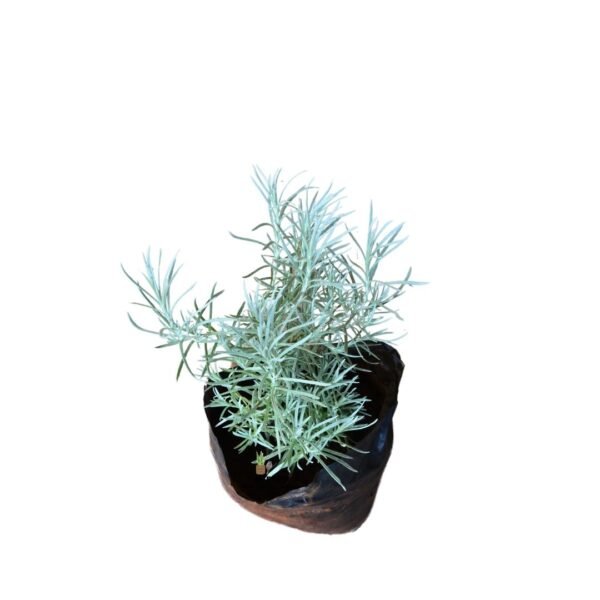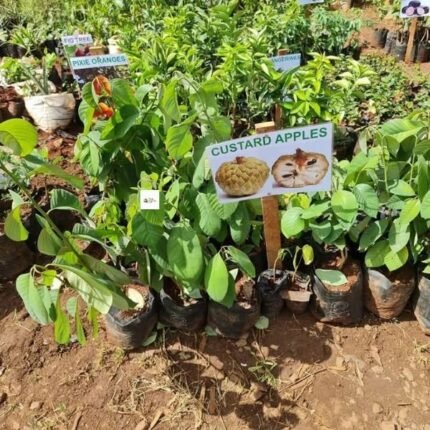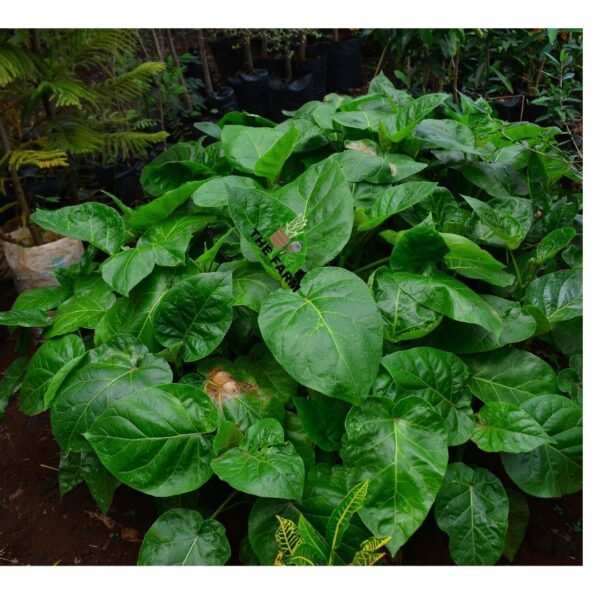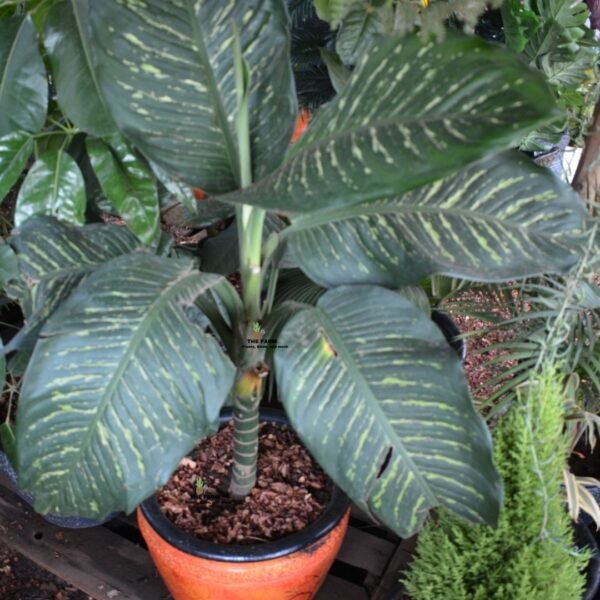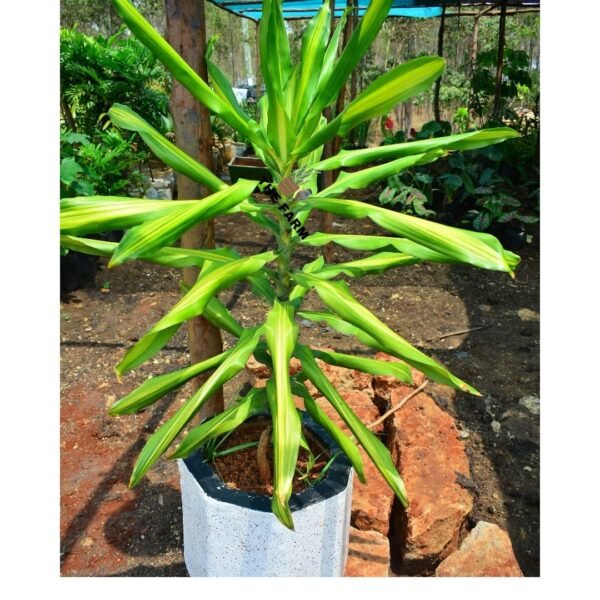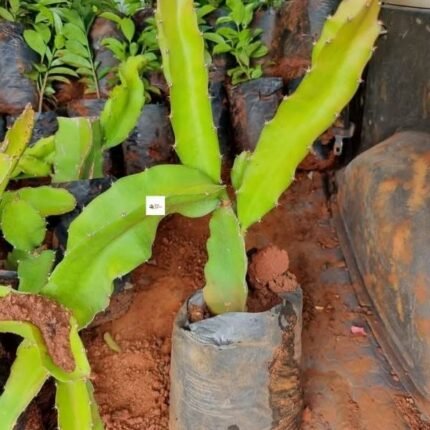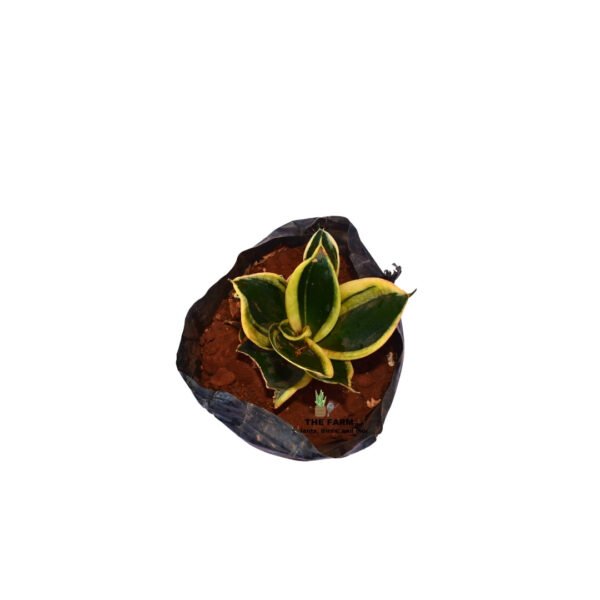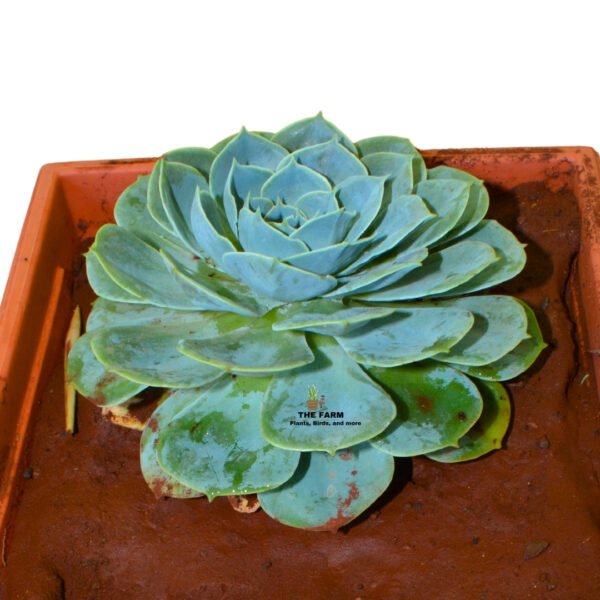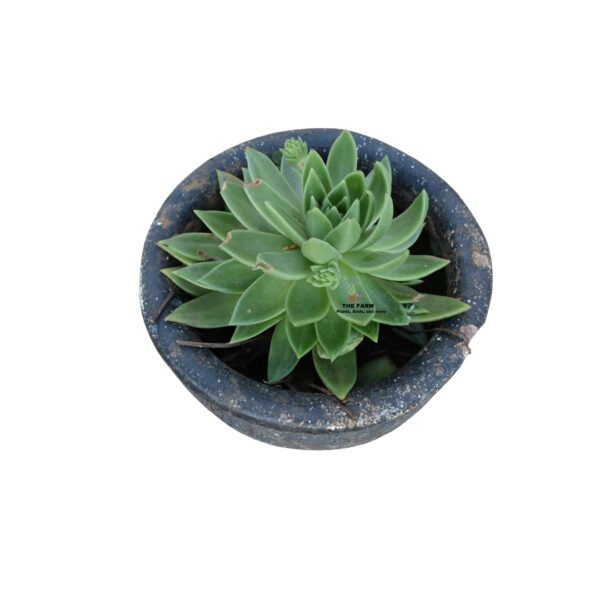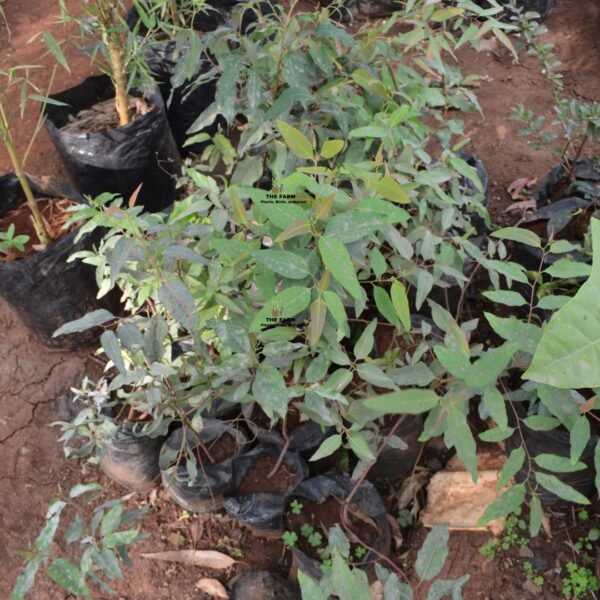Plants
Curry Plant (Helichrysum italicum)
Original price was: KSh 500.00.KSh 299.00Current price is: KSh 299.00.Custard Apple Seedling
Original price was: KSh 1,500.00.KSh 899.00Current price is: KSh 899.00.Cyphomandra Plant Seedling
Original price was: KSh 1,000.00.KSh 799.00Current price is: KSh 799.00.Dieffenbachia Amoena Plant in a Clay Pot
Original price was: KSh 10,000.00.KSh 6,599.00Current price is: KSh 6,599.00.Dracaena Fragrans in a Concrete Pot
Original price was: KSh 8,500.00.KSh 6,499.00Current price is: KSh 6,499.00.Dragon Fruit Seedling
Original price was: KSh 1,500.00.KSh 699.00Current price is: KSh 699.00.Dragon Fruit Seedlings
Original price was: KSh 1,000.00.KSh 599.00Current price is: KSh 599.00.Durian Seedling
Original price was: KSh 1,500.00.KSh 899.00Current price is: KSh 899.00.Dwarf Snake Plant
Original price was: KSh 999.00.KSh 799.00Current price is: KSh 799.00.Echeveria Imbricata Succulent
Price range: KSh 599.00 through KSh 1,299.00
Select options
This product has multiple variants. The options may be chosen on the product page
Echeveria Succulents
KSh 1,899.00
Select options
This product has multiple variants. The options may be chosen on the product page

